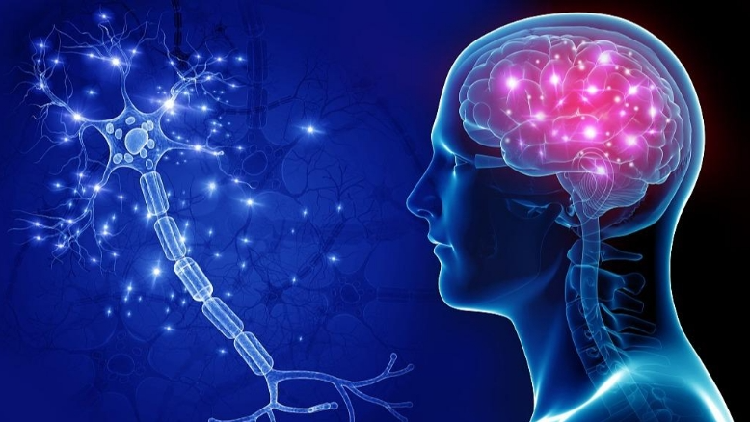Magnetic Fields Employed by New Technology to Control Brain Regions
New technology has emerged that utilizes magnetic fields to influence specific brain regions.

The findings were published in the latest issue of Nature Nanotechnology.
While magnetic fields have been a staple in medical imaging due to their safety and tissue penetration capabilities, scientists have faced considerable hurdles in using them to precisely control brain circuits.
The Nano-MIND technology addresses this challenge by employing magnetic fields and magnetized nanoparticles to directly stimulate targeted brain circuits. A significant aspect of this innovation is the accurate placement of nano-magnetoreceptors within specific neuronal types and brain circuits, which can then be activated by rotating magnetic fields at precise intervals. This allows for exact spatial and temporal control over neural activity.
An application of the Nano-MIND technology was demonstrated by selectively activating inhibitory GABA receptors in the medial preoptic area (MPOA), a region associated with maternal behaviors. Activation of these neurons in non-maternal female mice led to a significant increase in nurturing behaviors, such as moving pups to their nest, closely mirroring the actions of maternal mice.
The technology was also tested for regulating feeding behaviors by targeting motivation circuits in the lateral hypothalamus. Activation of inhibitory neurons within these circuits resulted in a 100-percent increase in appetite and feeding behaviors in mice. Conversely, activating excitatory neurons led to an over 50-percent decrease in these behaviors.
The outcomes highlight that the Nano-MIND technology can selectively activate specific brain circuits to modulate higher brain functions bidirectionally. This paves the way for significant advancements in neuroscience and holds promise for future therapeutic applications.
Emily Johnson contributed to this report for TROIB News
Discover more Science and Technology news updates in TROIB Sci-Tech












